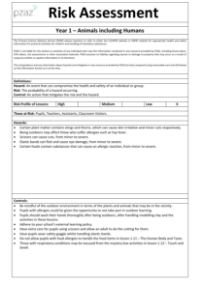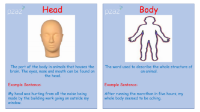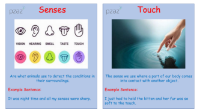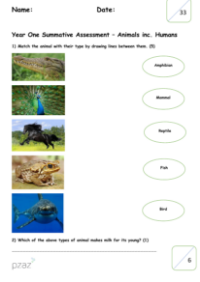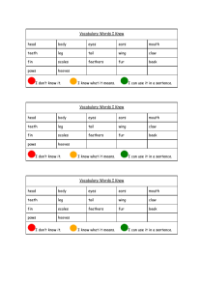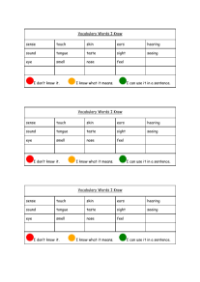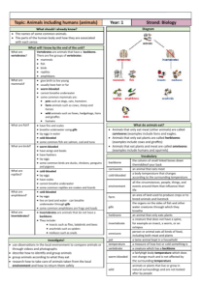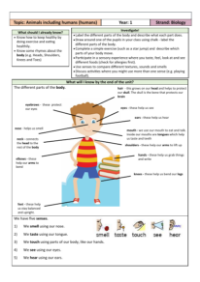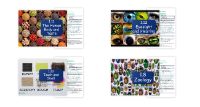Animals - Knowledge Organisers
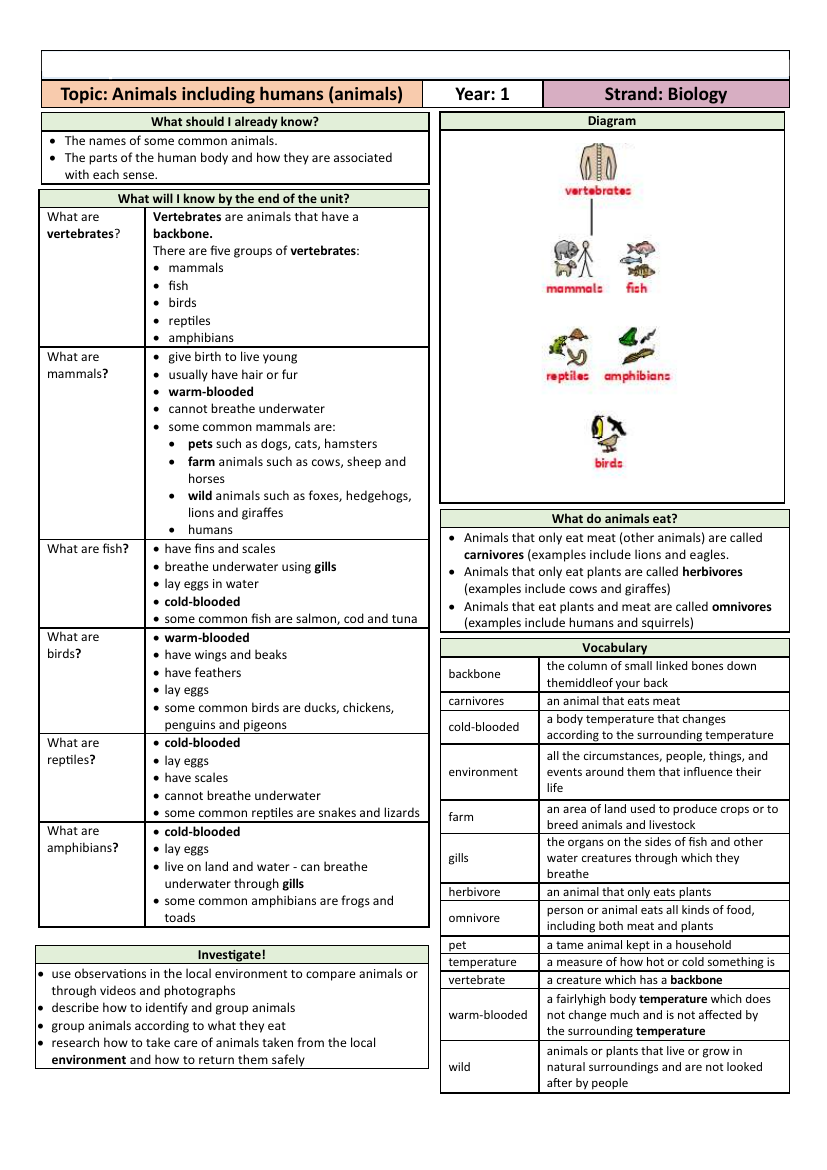
Science Resource Description
At the beginning of the unit, Year 1 students are expected to know some common animal names and understand the human body parts associated with each of the five senses. The unit on 'Animals including humans' delves into the fascinating world of animals, teaching students the characteristics of different animal groups. The vocabulary section introduces terms such as 'backbone', which refers to the series of bones down the middle of one's back, and differentiates between 'cold-blooded' and 'warm-blooded' animals based on their body temperature regulation. Students also learn about environments, from the farm to the wild, and the importance of habitats in the lives of animals.
By the end of the unit, students will have a clear understanding of vertebrates, which are animals with a backbone, and the five groups they are divided into: mammals, fish, birds, reptiles, and amphibians. They will learn that mammals, such as dogs and humans, are warm-blooded, give birth to live young, and usually have hair or fur. Fish are identified by their fins, scales, and ability to breathe underwater using gills. Birds are warm-blooded creatures with wings, beaks, and feathers. Reptiles, like snakes and lizards, are cold-blooded and lay eggs, while amphibians can live both on land and in water. The unit also covers dietary classifications, with carnivores eating only meat, herbivores eating only plants, and omnivores consuming both. Through investigative activities, students will explore these concepts, learning to group animals by their diets and how to care for local wildlife.
